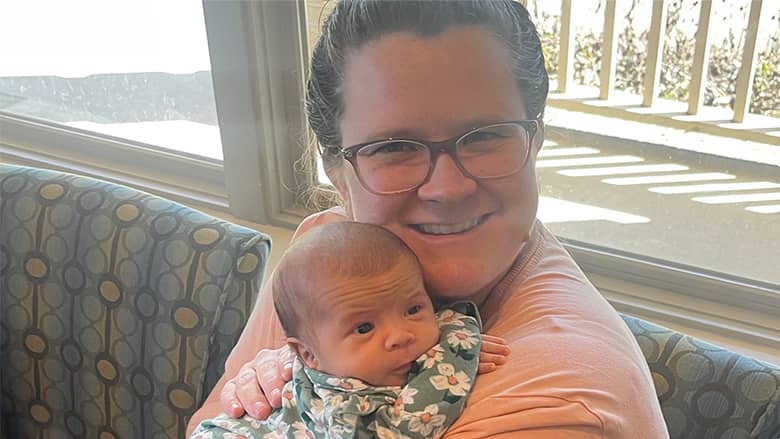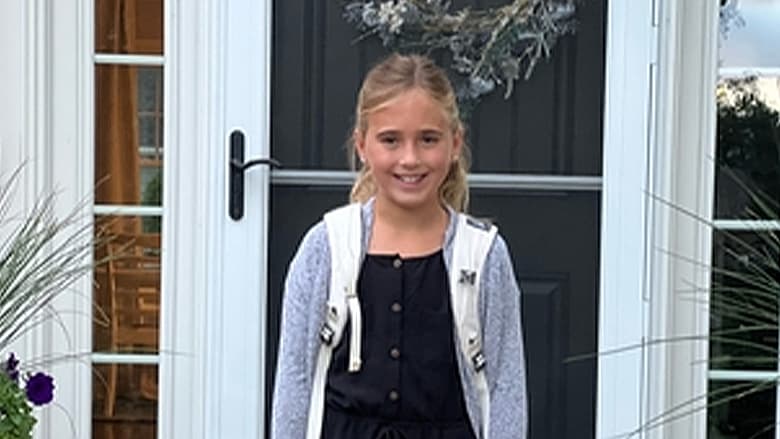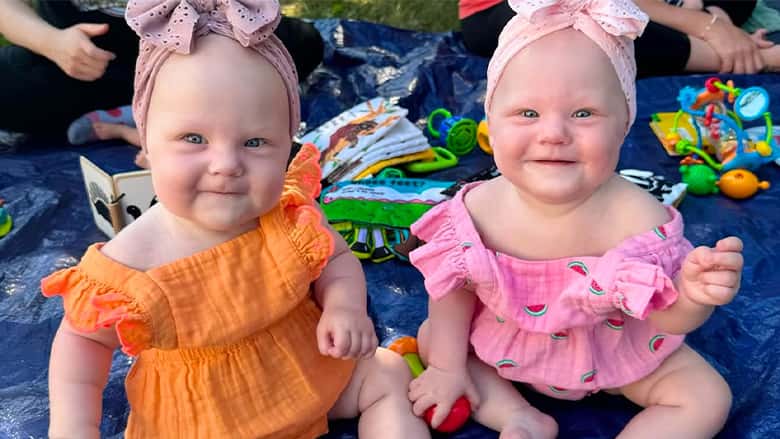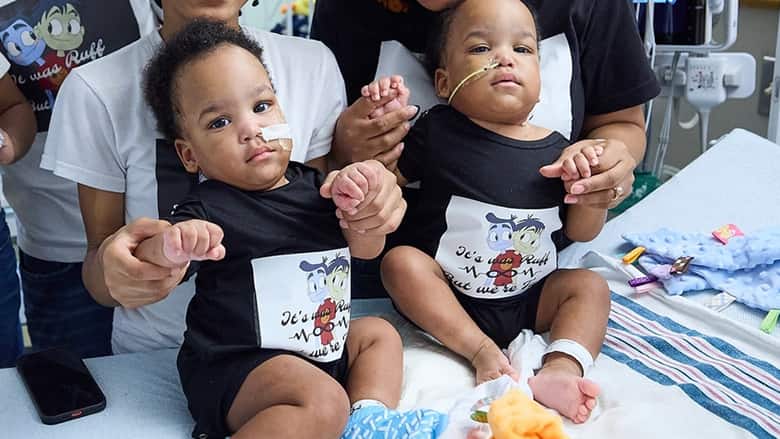
Beneficiary
Fuel the Next 30 Years of Fetal Breakthroughs
Three decades ago, the Richard D. Wood Jr. Center for Fetal Diagnosis and Treatment (CFDT) at Children’s Hospital of Philadelphia began with a bold idea: What if we could treat birth defects before a baby is even born?
Since its founding, the CFDT has provided answers, hope and life-changing care to more than 35,000 families from all 50 states and over 70 countries — making it the highest volume fetal center in the world. No other program has our depth of experience.
From groundbreaking fetal surgery for spina bifida to delivering babies with birth defects within a children’s hospital to advanced gene therapies, the CFDT has turned what once seemed impossible into reality.
Your support of Cheers for CHOP will fuel the next generation of breakthroughs — helping us reach more families, develop new therapies, and continue setting the standard for fetal care around the world.
What Inspires Us to Cheer
Every family who comes to the Richard D. Wood Jr. Center for Fetal Diagnosis and Treatment has a story of courage, expertise and hope. A mother who was told her baby had no chance — now watching them take their first steps. A family who traveled thousands of miles, trusting CHOP to protect the life of their child. These are the moments your generosity makes possible. Meet some of the amazing families we have cared for.

Arley
At 24 weeks gestation, Brailey and Louis received devastating news: Their unborn daughter, Arley, had a rapidly growing pericardial teratoma — a tumor threatening her heart and life. In a race against time, they traveled from Tennessee to CHOP, where a team of experts determined that immediate fetal surgery was their only hope. Less than 24 hours later, weighing just under 2 pounds — small enough to fit in the palm of a hand — Arley underwent groundbreaking open fetal heart surgery. The team navigated her delicate heart, removing the tumor and repairing a portion connected to her aorta. Delivered safely in CHOP’s Garbose Family Special Delivery Unit, Arley is now thriving.

Maeve
Maeve’s earliest challenge came before she was born: a rare sacrococcygeal teratoma (SCT) — a tumor at the base of her tailbone — threatened her development. Initially, the plan was to monitor the tumor and remove it after birth, but in just four weeks, the tumor quadrupled in size, taking blood from her tiny body and causing heart failure. Waiting was no longer an option. Her parents turned to the Center for Fetal Diagnosis and Treatment, led by N. Scott Adzick, MD, a world-renowned pioneer who performed the first successful open fetal surgery for SCT. Maeve underwent lifesaving surgery in utero and was delivered safely in the Garbose Family Special Delivery Unit. Now 10, she is flourishing in school and plays multiple sports.

Bridgette and Grace
Bridgette and Grace’s parents faced a terrifying diagnosis: twin-twin transfusion syndrome (TTTS), a rare and life-threatening condition in identical twins where one twin receives too much blood and the other too little. This dangerous imbalance can cause heart failure, organ damage, or death for one or both babies before birth. The team in the Center for Fetal Diagnosis and Treatment, which has special expertise in TTTS, intervened with precise, delicate fetal surgery, carefully restoring blood flow in utero. The procedure required extraordinary expertise, coordination and monitoring, giving both girls a fighting chance. After a delicate delivery, the twins began life outside the womb. Today, they are both happy, healthy and full of energy.

Amari and Javar
When Amari and Javar’s parents learned the twins were joined at the chest, they turned to the Center for Fetal Diagnosis and Treatment. From prenatal scans through birth in the Garbose Family Special Delivery Unit, the care team guided the family with compassion and meticulous planning, even running simulations to prepare for their delivery. CHOP has performed more conjoined twin separations than any hospital in North America, establishing unparalleled expertise in these extraordinarily rare cases. Born tiny but strong, the twins spent their first months in CHOP’s Newborn/Infant Intensive Care Unit, growing, holding hands and showing their distinct personalities. Nearly a year later, an extraordinary eight-hour surgery separated them. Today, they’re thriving as individuals.

